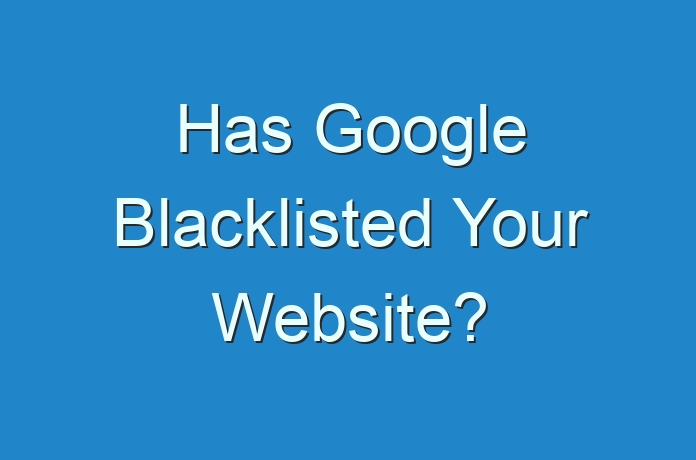
Do you think your website is blacklisted by Google? Maybe your customers are facing the suspicious message of the site being flagged as ‘not safe’, or maybe Google’s search engine results pages (SERPs) are displaying warnings when you search for it – your best guess is that Google has probably blacklisted your site or you have been hacked. Either way, your clients will be alarmed by the ‘not safe’ messages visibly showcased by Google, so it is best to resolve this issue as soon as possible.

While the warnings are a moderate danger, the real problem that needs solving is website hacking. For a website owner, the worst thing that can happen after all the effort placed onto increasing traffic, organic conversion, and impression points, is being forced to take the entire site down due to such hacking issues and related scams. Since we at Astra understand the dangers of such a situation, we recommend our immediate solutions-based blacklisting features that act quickly and precisely.
A lot of users and site owners are left stumped after such occurrences, not knowing what the next safe step is. Our expert security team has the right kind of experience solving the exact sort of issues, from general malware, SQL injections to card information-stealing viruses, so don’t worry, you’ll be in safe hands. No matter the problem, we have a customized package to deal with it all. Firewall, malware scanner, full-time and intensive security audits for applications, and our unique bug bounty program – you name it, Astra Security has it.
Stepping back to our topic, let’s explore what exactly a Google Blacklist is.
Type in URL:blacklist to get a list of blacklisted websites according to Google with concerns that these particular sites may be spreading malware, or are hacked in general. The side-effect of this blacklisting is that other search engines follow by example and mark your site as ‘unsafe’ on their platforms as well, in attempts to stop visitors from checking those out. While this is successful in keeping spam and spam sites out because of the de-indexing policy followed by Google, since they make money off of providing the best experience to their users, it also targets helpless targets of hacking.
Google Safe Search has a set of guidelines as to what constitutes a hacked site or the code that is characteristic of malicious content, therefore restricting their scrutiny to those parts of the browser that are visible to them. It cannot detect the kind of malware that has infected the site or its origin, thus resorting to stopping the entire traffic flow. Once this happens to your site, no matter if you’re the victim of a hacking attempt, your previous levels of organic traffic will not be kind and as generous to you as before.
How do you escape?
- Is your website hacked or some other minor security issue?
We’ve all seen the bright red message that displays ‘This site may harm your computer’ and redirects us to safety (or ‘the site ahead contains malware/harmful programs’, ‘This website has been reported as unsafe’, etc.) – that is the best sign of your website being hacked and blacklisted under Google’s list. Since most other search engines use Google Safe Search links to assure their best services for the customer, if you’re blacklisted on Google, you can count on the same situation on every other browser. In short, Google believes that your site is full of spam and you might receive an email indicating the same once they have blacklisted you. However, all hope is not lost – what is malicious might be confined to a few links and not the entire content on the site.
2. What’s the extent of the damage?
The ‘Search Console’ is your friend here, which is under the Google Webmaster tools (if you haven’t verified your site yet, you probably won’t gain access to ‘Search Console’ yet). Under the ‘Security’ tab, there is a section called ‘Infected Pages’ where there is ‘Detected Issues’ that allows you to understand where the malware has concentrated itself. It could be just the page, the entire blog, a single post, etc. For a few pages, you can use ‘Fetch as Google’ to verify the source of infection. Confirm if the infected pages have been de-indexed as well.
3. Use effective plugins to scan and clean the malware
Of course, Astra is our first recommendation. But, just in case you’re looking around for a couple of other options, there are solution providers that offer a similar kind of protection service.. For example, Blacklists by MX Toolbox for a central search on the domain URL to see if any search engine or server has blacklisted the site. Other recommendations include HetrixTools, WebSite Pulse, Invaluement, MultiRBL, and Blacklist Lookup by GeekFlare, to name a few.
With Astra Security’s blacklist checking tool, you can rest assured that you will never have to worry about a similar experience ever again, with the top-notch security levels and 24×7 threat-detection process.





